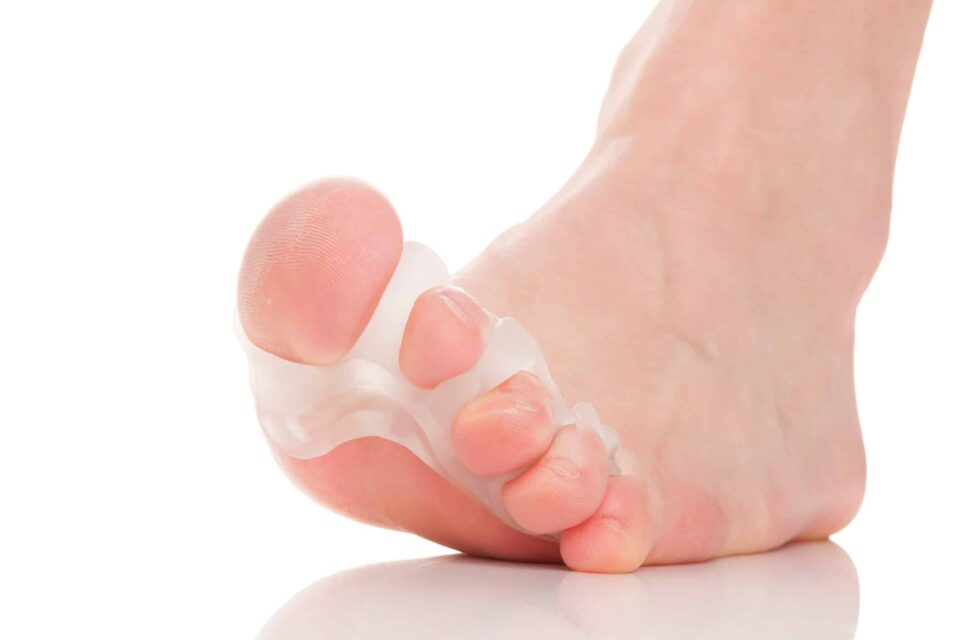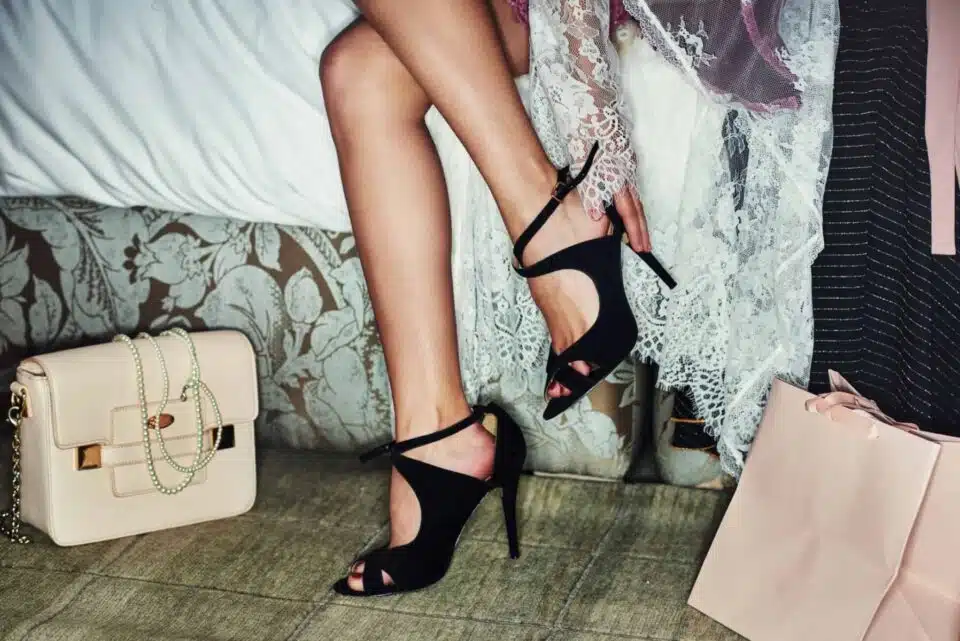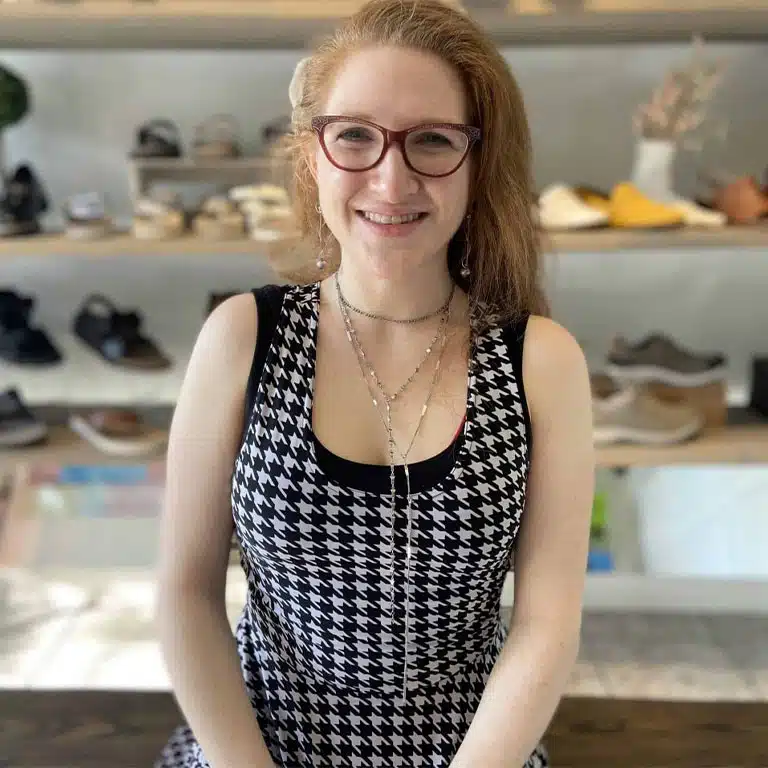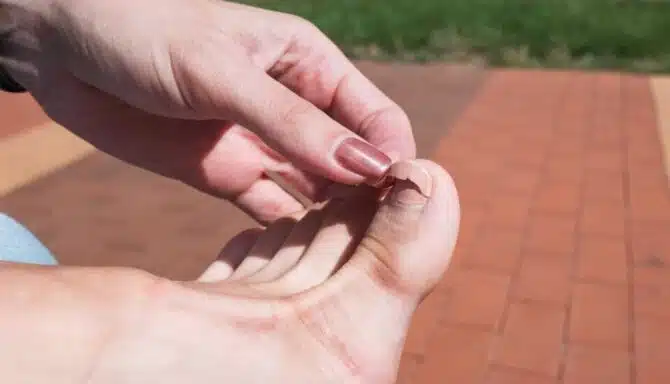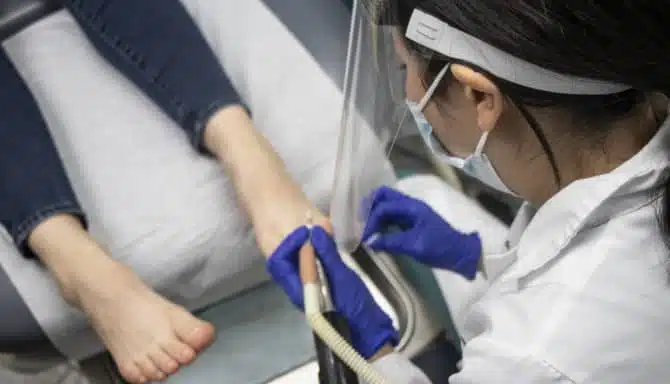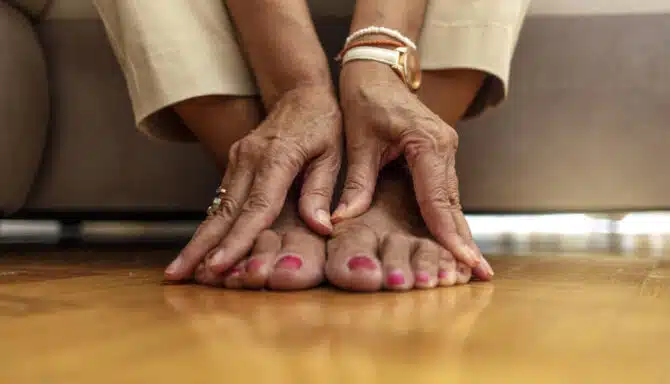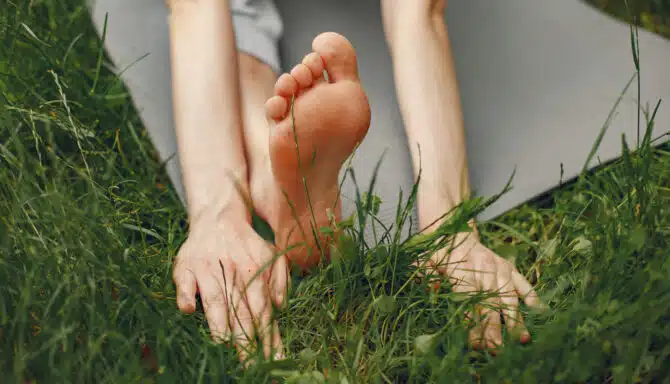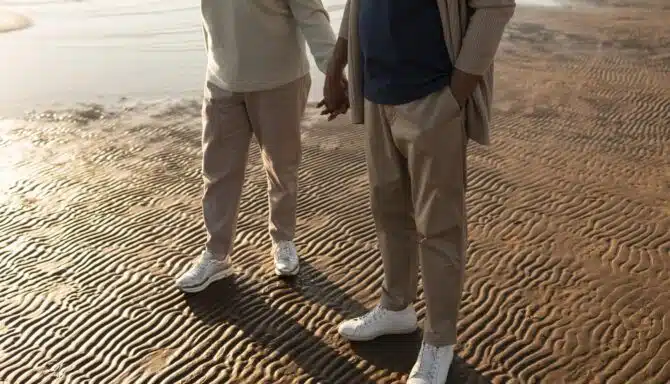Bunions are a painful foot condition that primarily affects women. But do high heels cause bunions? High heels of various types were first introduced in the 10th century and worn initially by men. Since then, ladies all across the globe have embraced their stylish appeal. Heels of different styles and heights have become a staple for most work wardrobes, but along with this came some serious health consequences.
High heels can lead to sore feet, inflammation, redness around the side of the big and little toes. But do high heels cause bunions? Not exactly – but they can definitely accelerate and contribute to them. Not to mention, high heels can cause other joint issues in the body, which can ultimately make you more prone to bunions down the road.
In this article, you will learn:
- All about bunions
- How your footwear affects your foot health; and
- Whether you will need to give up stylish shoes for good
What is a bunion?

The scientific name for a bunion is “hallux valgus.” It occurs when there is a deformity in the joint that attaches your big toe to your foot. This joint is known as the first metatarsophalangeal, or MTP joint. While this joint may be small, it is extremely important. It helps us to:
- Stand upright,
- Keep us balanced when we walk,
- Evenly distribute our body weight,
- Allow us to “push off” when we walk.
When there’s too much pressure on the joint, it can compress the joint and push the big toe toward the second toe. This can lead to a bony protrusion at the base of the big toe, called a bunion. Bunions aren’t something that happens overnight. They start slowly and progress over time. When the first MTP joint is overburdened, it can become damaged. If the stress isn’t taken off the joint, a bunion can ultimately form.
The 6 main causes of Bunions
There are many different reasons why bunions occur but none have been proven specifically as a singular cause. Rather, bunions – like many other foot conditions and progressive foot conditions – occur due to a combination of factors. The 6 main causes seem to be:
- A longer 1st metatarsal bone
- Shoes. Yes they don’t cause bunions directly (research was done where people who didn’t wear shoes still had bunions). But shoes do play a role and accelerate the process, and make them worse once they form.
- Shape of the first metatarsal head
- Foot function. The mechanics of how you walk is great influence in bunion formation.
- Genetics. If your parents had bunions then you can inherit the foot function that can cause bunions
- Other foot conditions and factors. People with arthritis or other joint diseases are more vulnerable to developing bunions. Foot position in utero, ligament laxity and abnormal bone development have also been mentioned as causes.
There’s a common theme with all of these: They either cause excessive strain on the big toe and MTP joint, reduce the big toe and MTP joint’s ability to function properly and withstand pressure.
How do my shoes affect my feet?
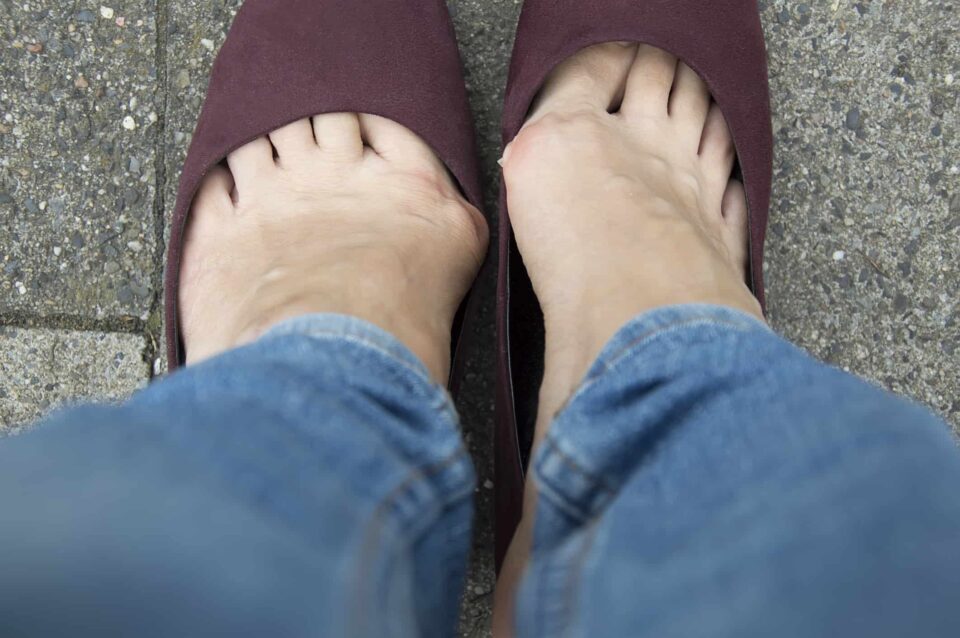
If shoes do not actually cause bunions then why shouldn’t I just wear high heels all the time?
If you wear a heeled shoe for a small amount of time – say an hour – because you like fashion, that isn’t too bad. You might find your feet will ache or rub (which can be bad for some patients, especially those with Diabetes). But constant wearing of heeled and narrow footwear can cause their own issues. For one, a heeled shoe places the foot in an unnatural position, which throws off your mechanics. If you have bunions then heeled and narrow shoes can make the bunion painful and cause a range of other foot complications like:
- Rubbing on the bunion. This can cause blisters, corns and cuts
- Heeled footwear reduces the length of the muscles behind the leg. This can then cause heel pain. Constant long term use of heeled shoes can eventually cause the toes to claw. You can then get rubbing on the tops of your clawed toes.
- Having a heel forces the front of your foot into the ground, which can increase pressure on the front of your foot. This can cause metatarsalgia, reduce the movement of the big toe even more and cause pain in that joint
- Constant compression of the metatarsal bones can cause calluses on the ball of the foot and by the toes, and constant pressure the heel can cause heel calluses and cracked heels
- Compression of the foot can cause compression of the nerves running in between the metatarsal bones of the foot, causing neuromas
- Compression of the toe joints can form soft corns to develop in between the toes
Do I have to give up stylish shoes for good?
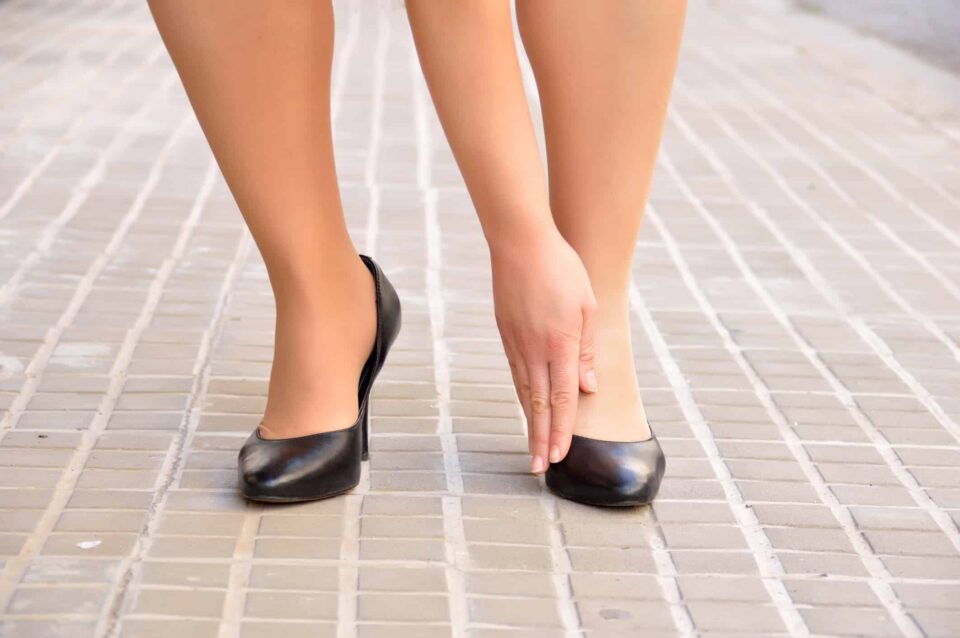
Here’s the good news – you don’t! Numerous companies make gorgeous shoes that are not only comfortable, but stylish too. These brands keep the health of your feet in mind when designing footwear, giving your feet the ultimate support.
You can also limit the amount of time you spend wearing high heels. Instead of sporting this fashion daily, save them for special occasions. When you have to wear high heels, opt for those with wider toe boxes and shorter heels. However, you might find your heels become painful if you immediately go to a fully flat shoe (like a ballet flat). Why? Your leg muscles have shorted slightly with constant use of a heel and those muscle tendons are just not long enough to allow your feet to completely be flat to the ground.
If possible, bring a change of shoes with you, and only wear your heels when it’s absolutely necessary. This will limit the amount of friction on your bunions and minimize the pain you experience. Trust us; your feet will thank you!
6 Helpful Tips to Help your Bunions:
- Try to limit how often you wear high heels.
- Get your feet assessed by a footcare professional. They can assess your feet, see how much movement is in the big toe joint and recommend shoes that fit your needs
- When you do wear heels, wear supportive insoles designed for dress shoes (for example, brands like Superfeet).
- Depending upon the shoe type and if they are narrow, you can stretch them.
- The simplest ways are to wear wider and deeper footwear. This doesn’t mean going up a size, it means changing the style of the shoe to fit your foot.
- To minimize bunion pain, wear toe separators and a bunion cushion. Just remember: sometimes wearing devices can reduce the dimensions of the space within the shoe, so if you’re wearing your bunion devices with shoes, make sure they have enough room. Alternatively, you can wear your bunion devices at home without shoes.
